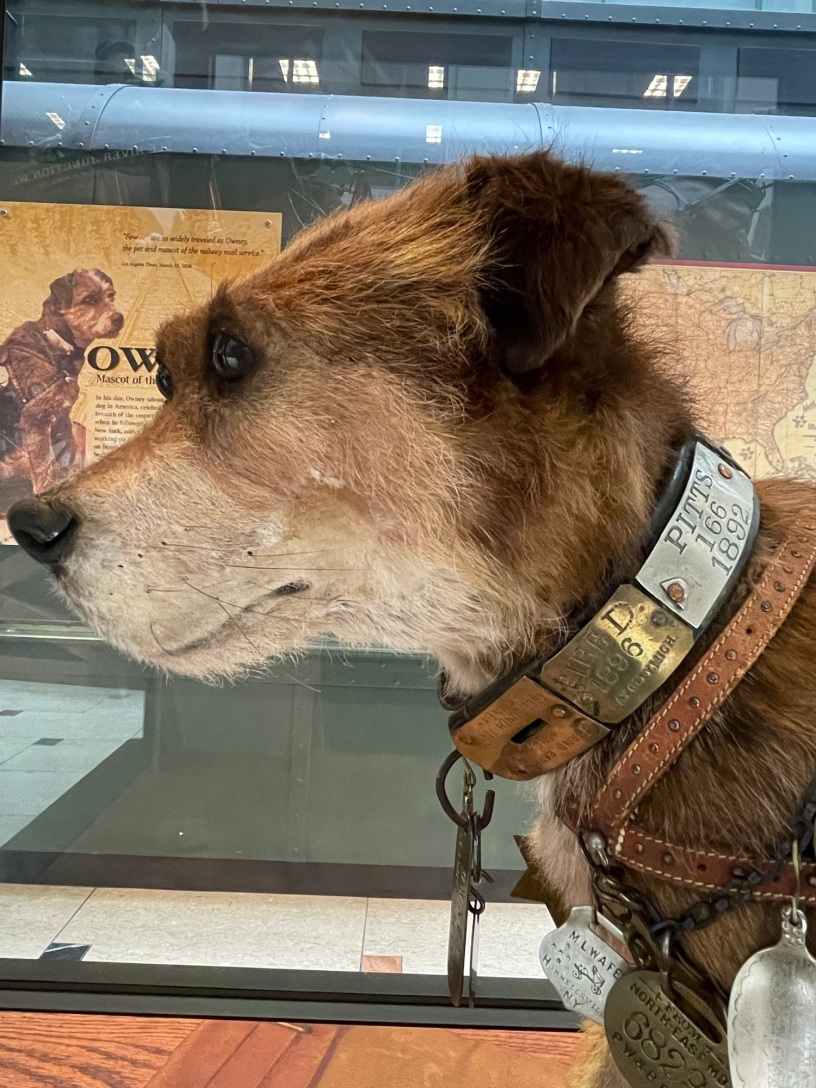Originally funded in the mid-1800s by English scientist James Smithson (who had never even visited the United States!), today the Smithsonian encompasses 21 museums, a zoo, 9 research facilities, loads of affiliates, and well over 100 million objects ranging from Dorothy’s ruby slippers to the Apollo moon landing module to the Star Spangled Banner. Hidden amongst its treasures are two taxidermy dogs.
Owney lives at the National Postal Museum (2 Massachusetts Ave NE). This museum, which opened in 1993, is located in the former 1914 city post office building, and houses exhibits detailing the history of the postal service, a collection of rare stamps, and interesting postal-related memorabilia, such as this piece of mail rescued from the Hindenburg explosion (“Oh, the Humainty…” – an Explosive ending to Airship Travel).
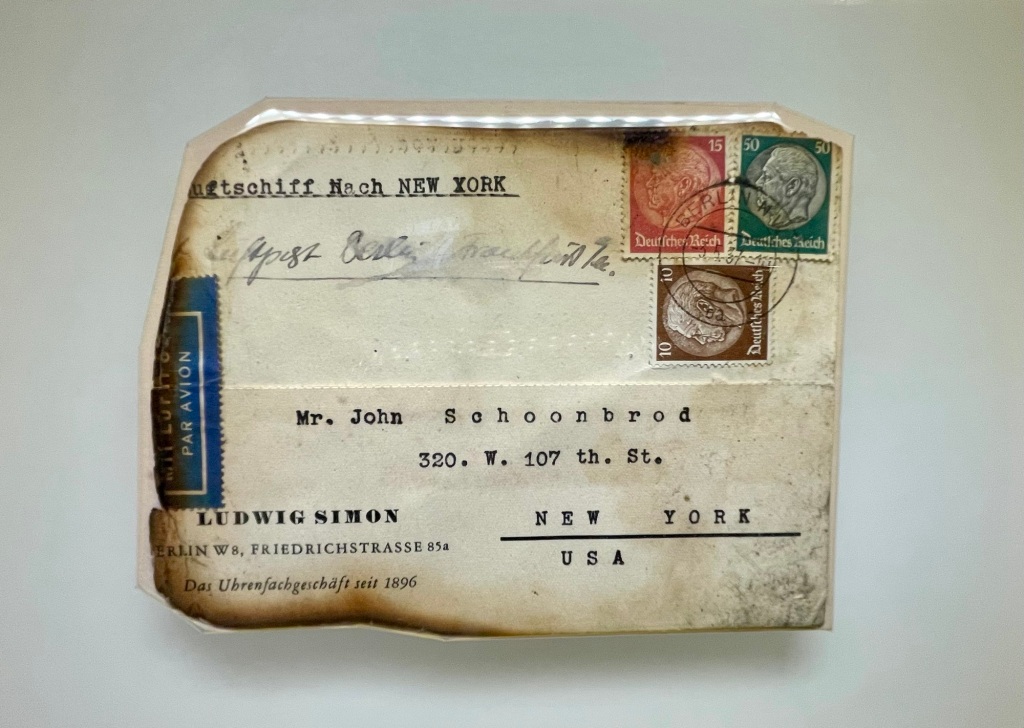
Visitors can even start their own stamp collection, picking through a container of used stamps, taking up to six home.
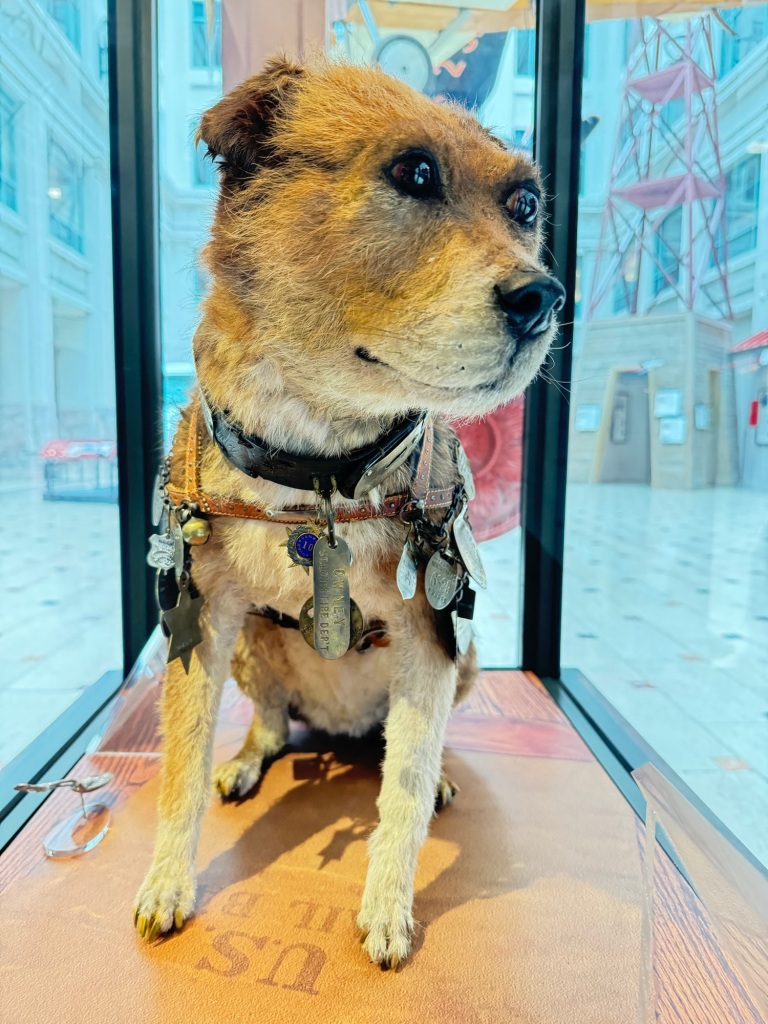
But, the best part is Owney (~1888-1897), once the most famous dog in America.
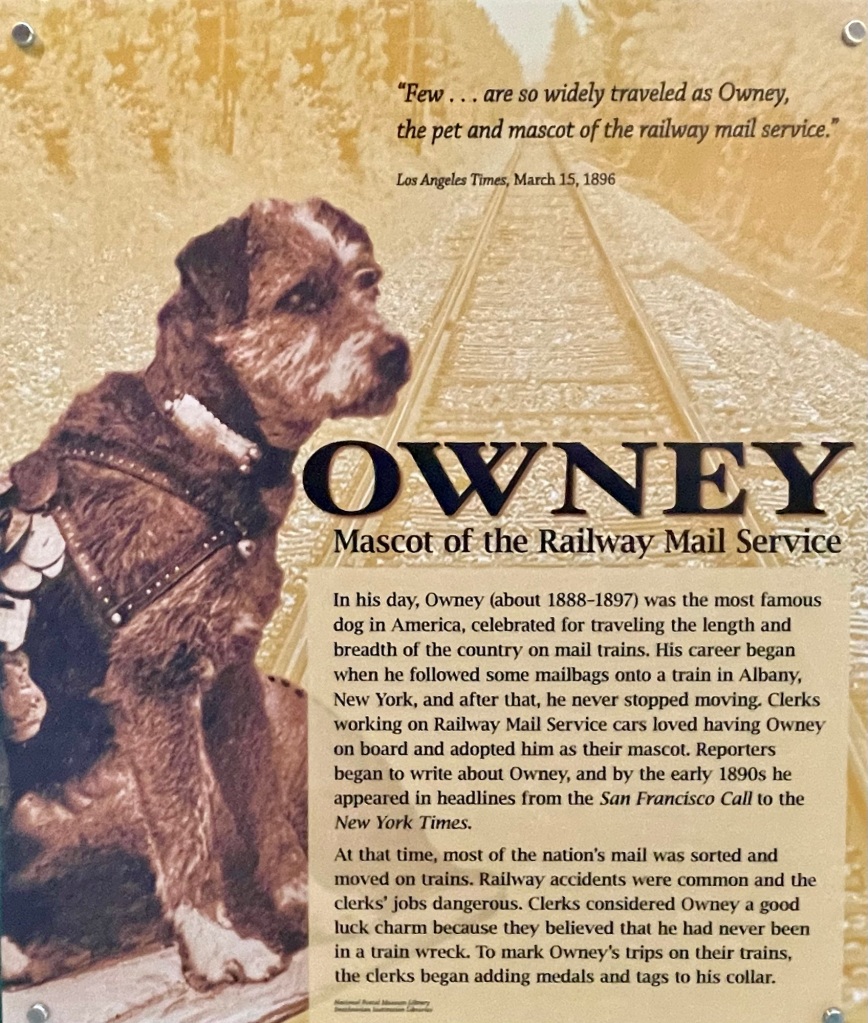
He began his career at an Albany, New York post office, and traveled across the US
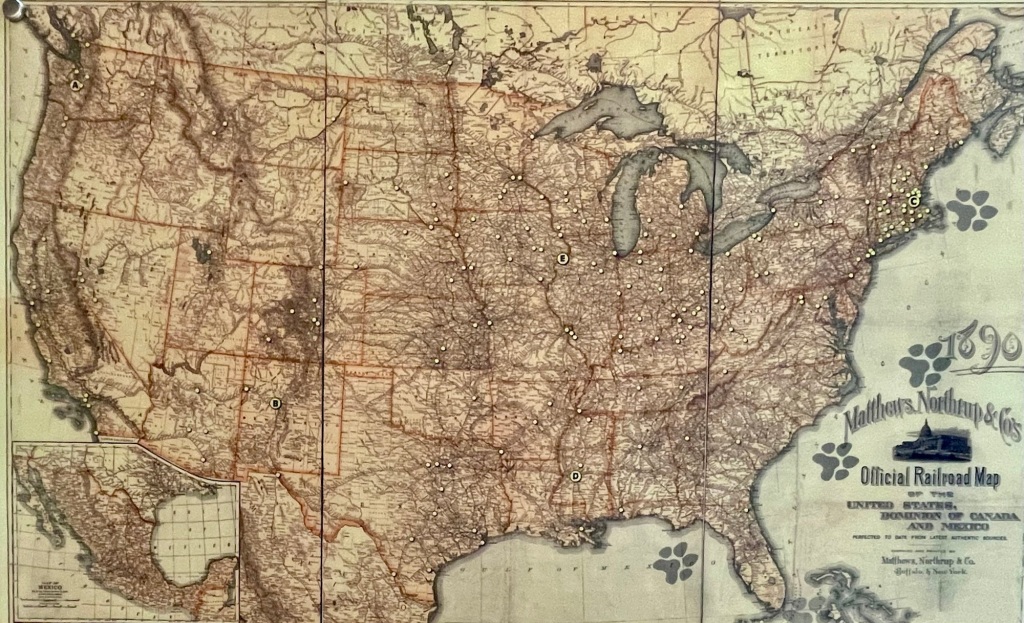
(even internationally!) on the mail trains that once crisscrossed the country.

At the museum, you not only see Owney himself and his tags, but vintage photos, a video detailing his adventures, and can climb inside a mail train similar to those that he rode in.
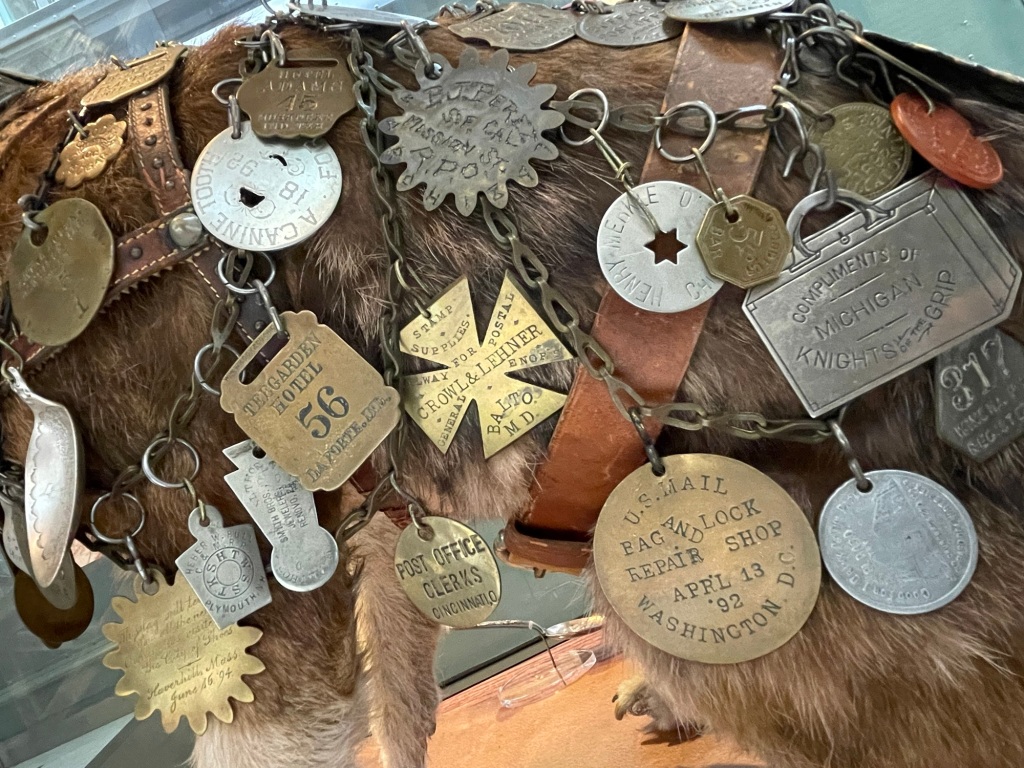
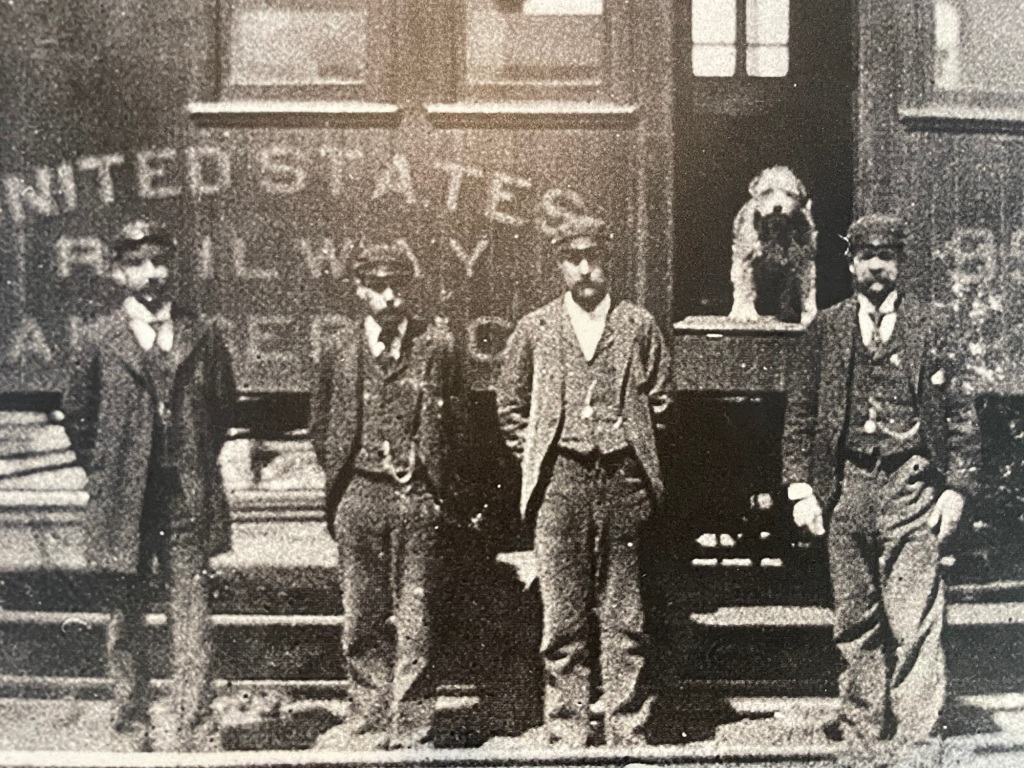
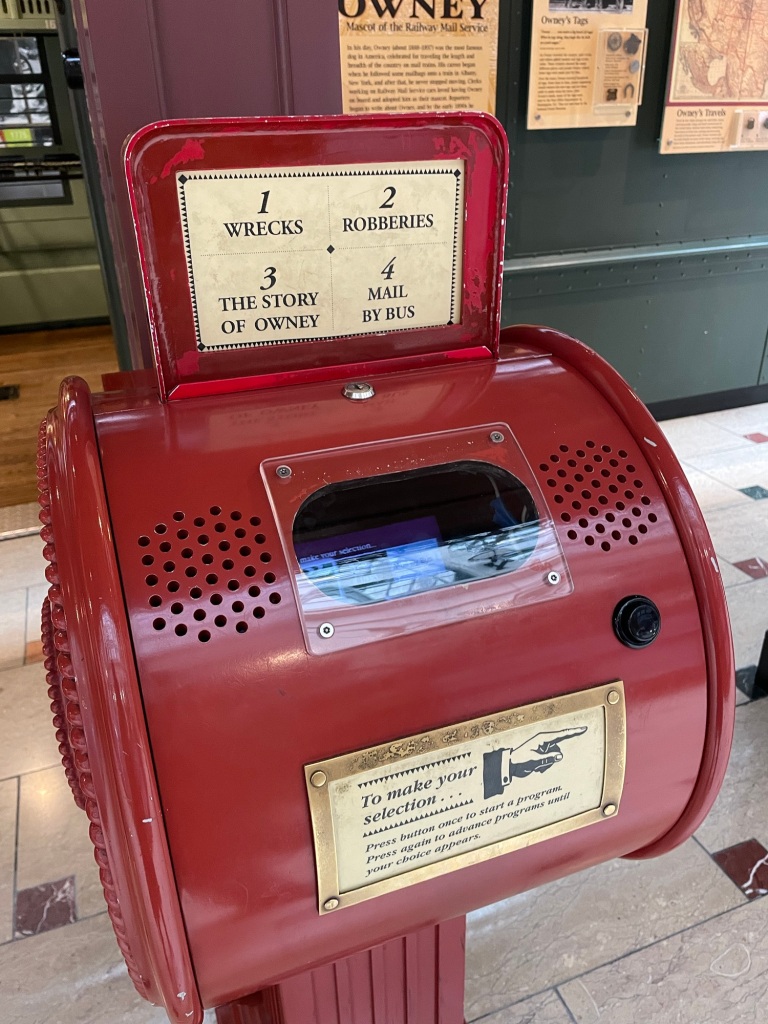
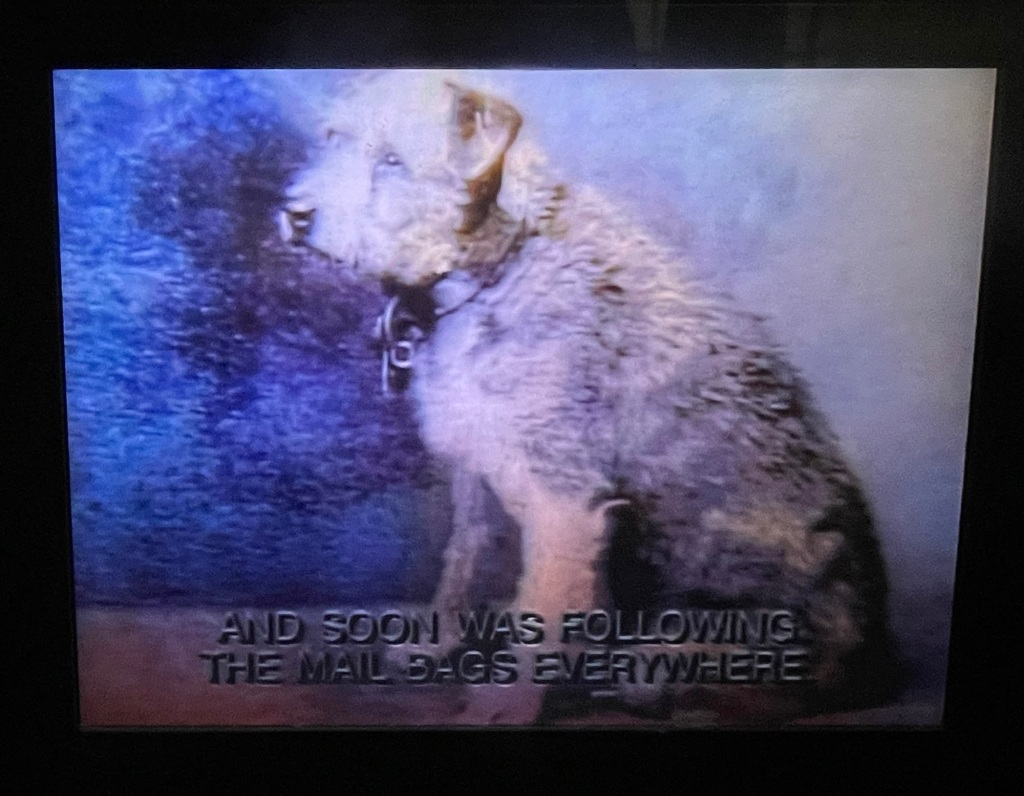
About 1 1/2 miles away lives a second taxidermy dog, the equally famous Stubby (1916-1926).

Stubby was smuggled onboard a troop ship heading to France and served for 18 months, participating in 17 battles and four offensives on the Western Front. After recovering from mustard gas exposure, he returned to the front with a specially designed gas mask, and learned to warn troops of incoming mustard gas attacks. Because of his excellent hearing, he could also warn troops of incoming artillery shells, and even once captured a German spy singlehandedly. Stubby is the only dog to be nominated and promoted to sergeant through combat. So, that’s Sergeant Stubby to you!
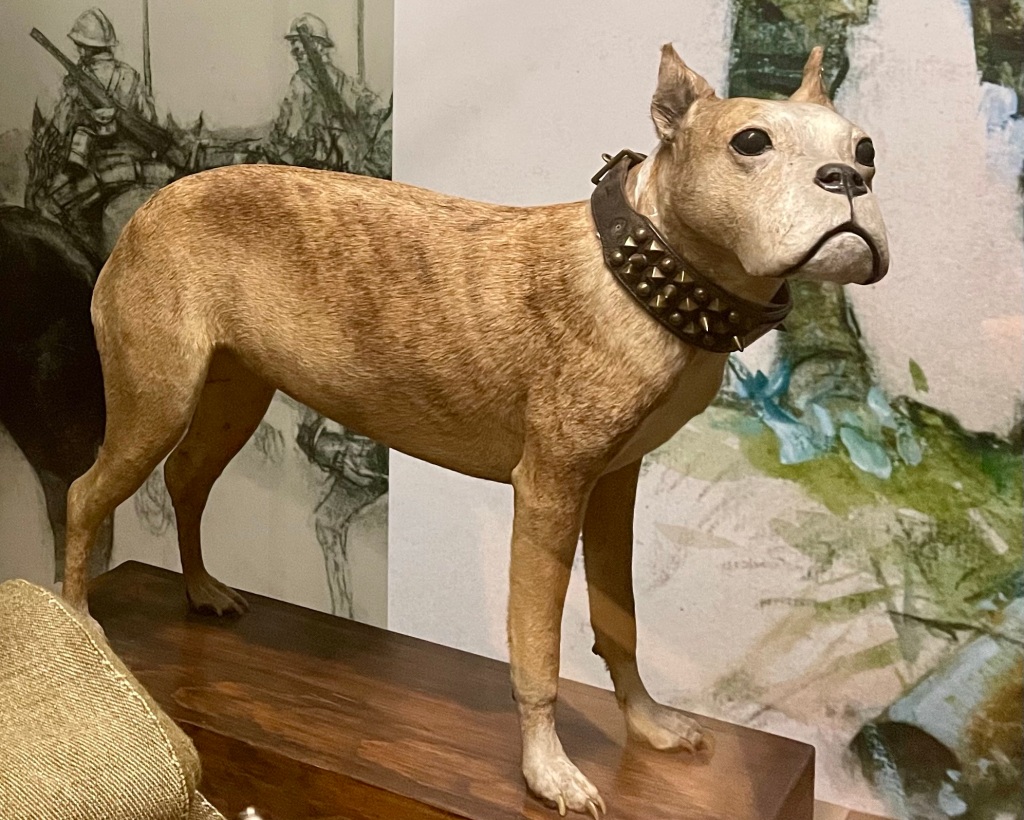
After the war, Stubby had a second career as a Georgetown football mascot. Today, Sergeant Stubby is hidden away in a tiny WWI gallery in the American History museum (1300 Constitution Ave. NW).
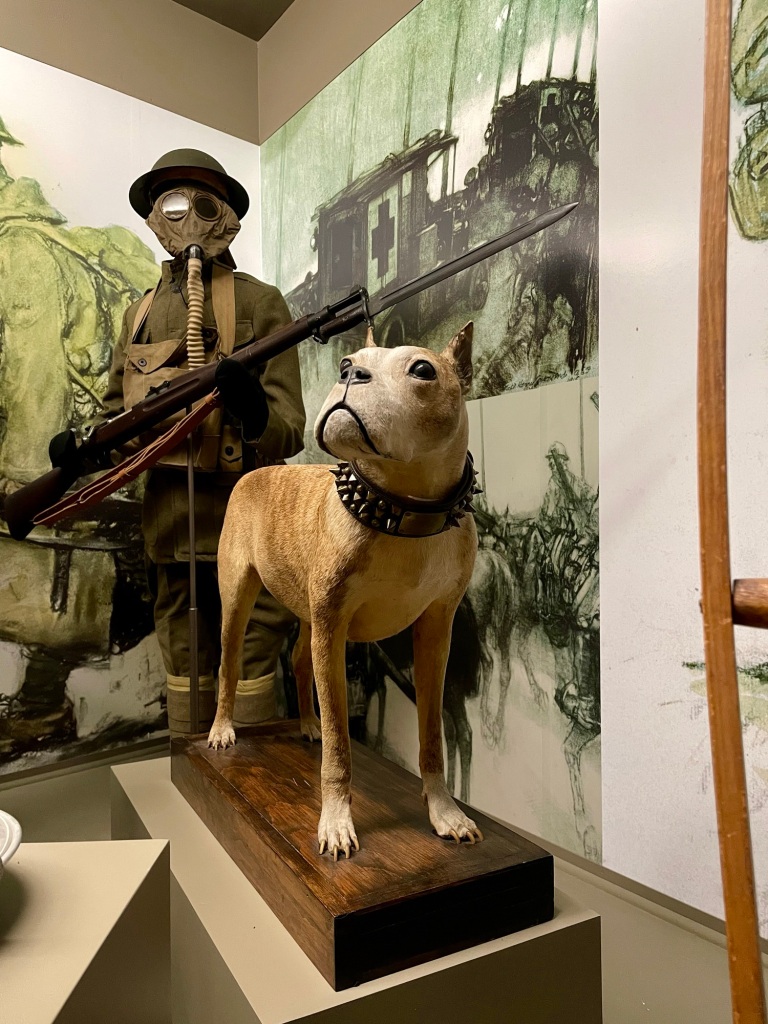
Bonus picture of a taxidermy horse. This is Winchester, General Philip Sheridan’s Civil War mount. Ridden into over 40 battles, Winchester was even present at Appomattox Courthouse in April 1865 for the official surrender of the Confederate Army.

These treasures, and many, many, many more, are free to visit at the Smithsonian museums around DC.
